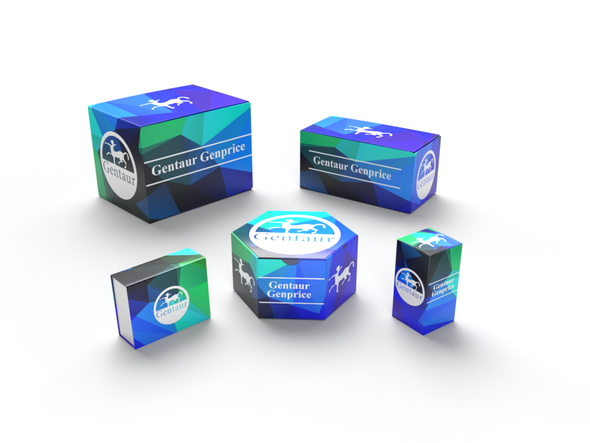BW
CaMKIIα/δ (phospho-T286) polyclonal Antibody | BS4773
- SKU:
- BW-BS4773
- Availability:
- Usually ships in 5 working days
Description
CaMKIIα/δ (phospho-T286) polyclonal Antibody | BS4773 | Gentaur UK, US & Europe Distribution
Host: Rabbit
Reactivity: Human,Mouse,Rat
Application: WB IHC IF
Application Range: WB: 1:500~1:1000 IHC: 1:50~1:200 IF: 1:50~1:200
Background: The Ca2+/calmodulin-dependent protein kinases (CaM kinases) comprise a structurally related subfamily of serine/threonine kinases which include CaMKI, CaMKII and CaMKIV. CaMKII is an ubiquitously expressed serine/threonine protein kinase that is activated by Ca2+ and calmodulin (CaM) and has been implicated in regulation of the cell cycle and transcription. There are four CaMKII isozymes, designated α, β, γ and δ, which may or may not be co-expressed in the same tissue type. CaMKIIα is autophosphorylated on Thr 286 upon the binding of the Ca2+/CaM complex to the autoinhibitory domain of CaMKII. This process is called Ca2+/CaM trapping, which is thought to be involved in the synaptic encoding of information.
Storage & Stability: Store at 4°C short term. Aliquot and store at -20°C long term. Avoid freeze-thaw cycles.
Specificity: p-CaMKIIα/δ (T286) polyclonal Antibody detects endogenous levels of CaMKIIα/δprotein only when phosphorylated at Thr286.
Molecular Weight: ~ 54 kDa
Note: For research use only, not for use in diagnostic procedure.
Alternative Names: Calcium/calmodulin-dependent protein kinase type II subunit alpha; CaM kinase II subunit alpha; CaMK-II subunit alpha; CAMK2A; CAMKA; KIAA0968; CaMK2-a; CaMK2a; CaMK-2a; Calcium/calmodulin-dependent protein kinase type II subunit delta; CaM kinase II subunit delta; CaMK-II subunit delta; CAMK2D; CAMKD; CaMK2-δ; CaMK2δ; CaMK-2δ;
Immunogen: Synthetic phosphopeptide derived from human CaMKIIα around the phosphorylation site of Threonine 286.
Conjugate: Unconjugated
Modification: Phosphorylation
Purification & Purity: The Antibody was affinity-purified from rabbit antiserum by affinity-chromatography using epitope-specific immunogen and the purity is > 95% (by SDS-PAGE) .
Pathway: Neuronal and Glial Cell Marker Atlas,Amyloid Plaque and Neurofibrillary Tangle Formation in Alzheimer's Disease,






